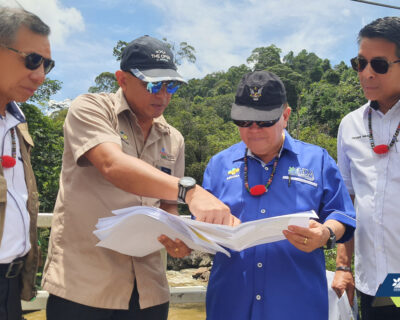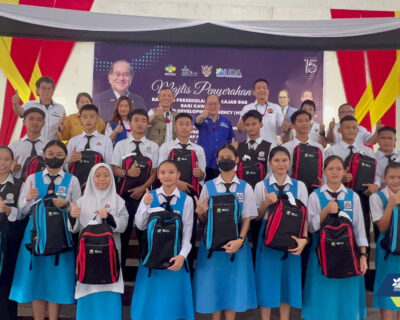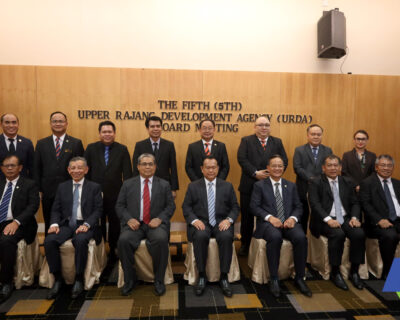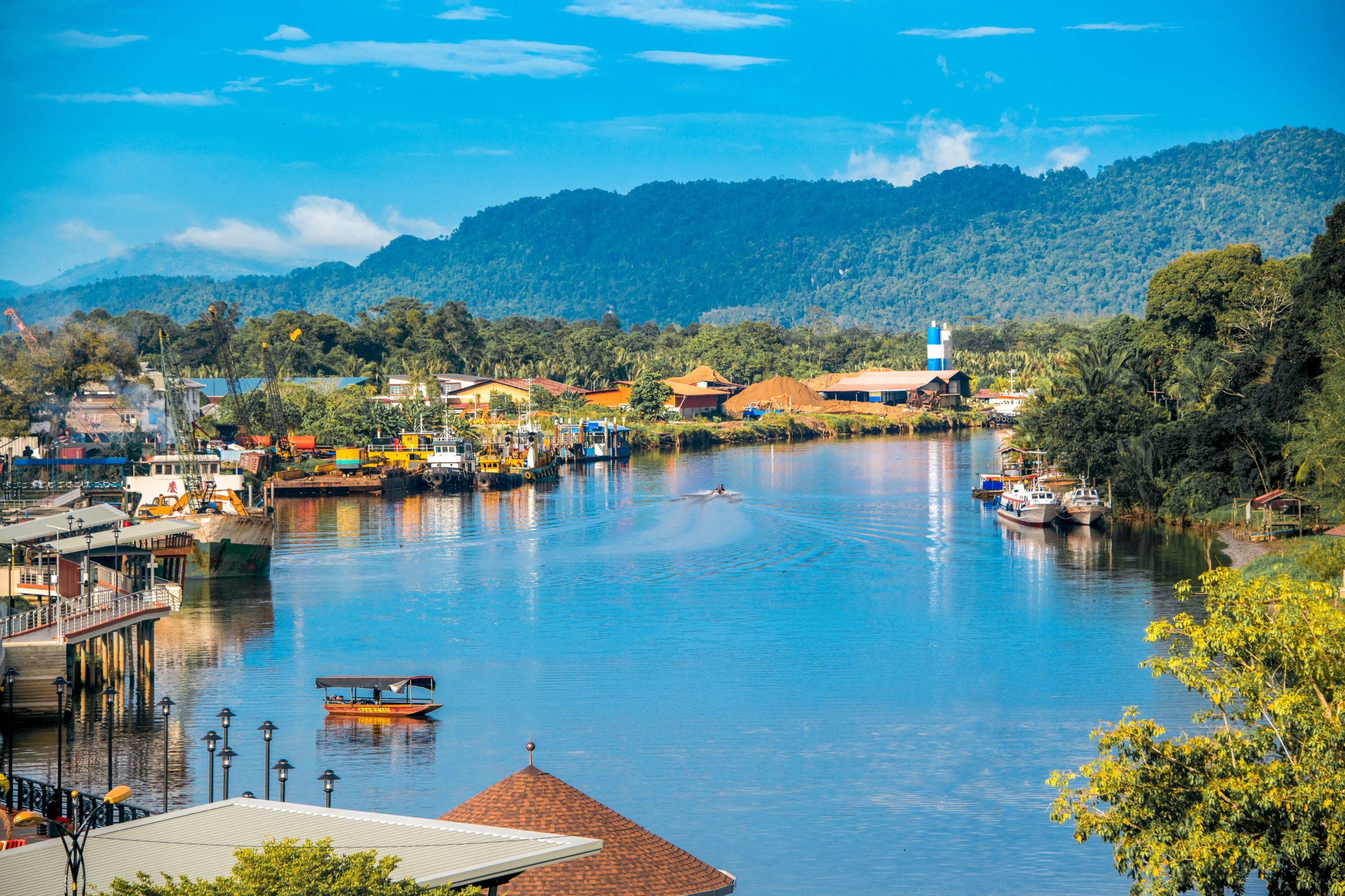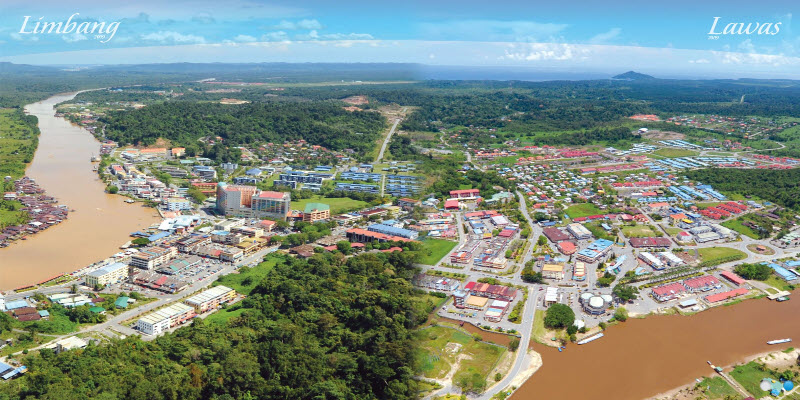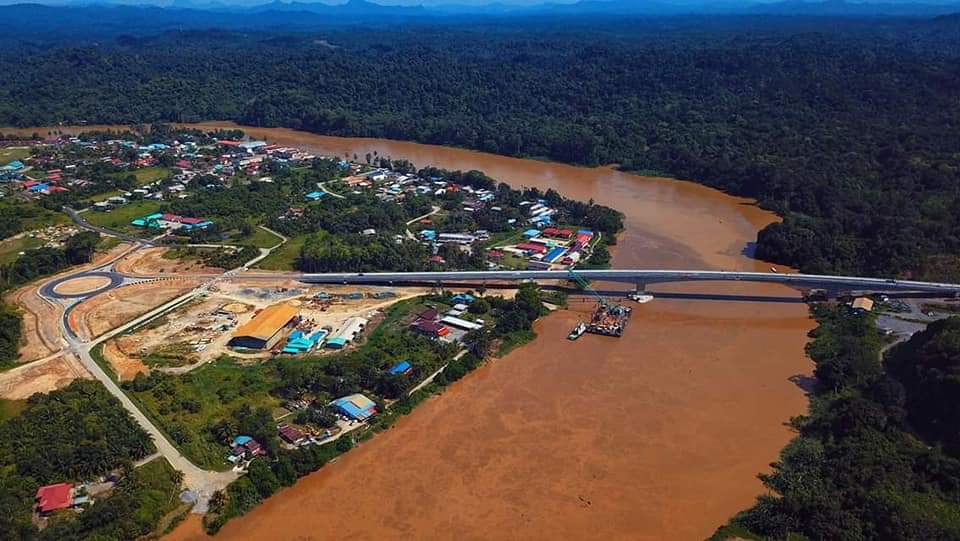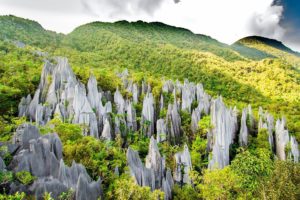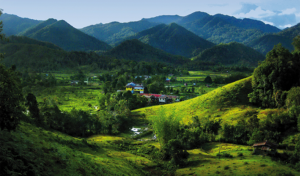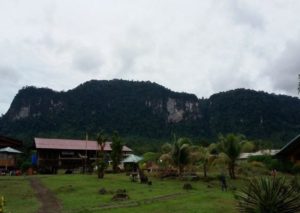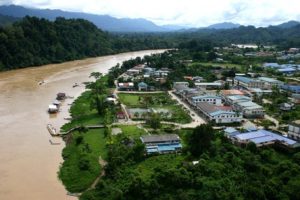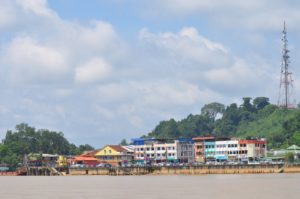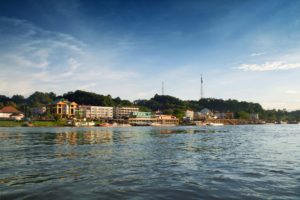OM Materials Executive Chairman Low Ngee Tong, based in Singapore, speaks about the firm’s ferrosilicon and manganese alloy smelting plant in Samalaju Industrial Park, Bintulu and its future direction.
Can you speak about OM Sarawak?
We are overall very positive about the growth in Samalaju and Malaysia as a whole. Our confidence in investing in Malaysia, particularly in Sarawak has not changed over the years. We have plans to grow and expand our smelting plant in the near future, but remain cautiously optimistic under current circumstances, with the Covid-19 pandemic yet to subside and the coming general election in Malaysia. We want to grow, but we will let things settle down first before we begin (to expand).
What is the future direction for OM Sarawak?
Everybody is linking the economic recovery to the vaccine projected to be ready by the first half of 2021. Industrial activities will make a comeback.
Currently from the maximum of running 16 furnaces, we are running 12 furnaces instead, and may place more furnaces in maintenance if the pandemic prolongs further. We are facing huge manpower issues (and this may force us to change our current production plan), but I believe other industrial players are facing similar challenges from Covid as well, not just us.
To answer your question, I think everybody is projecting the industry to return to normal in 2021, but more likely towards the second half of the year.
Can you speak on any plans to embark to an expansion project to boost production capacity?
We plan to expand our production capacity with two additional furnaces once feasible. Our expansion plans include the ongoing conversion of furnaces to produce more silicomanganese and the plan to produce metallic silicon.
I think any additional power offtake is not beneficial for our position at present given the uncertainties arising from the third wave of Covid-19. Power tariff aside, forex changes and the shortage of technical manpower are also part of the considerations when we embark on our expansion projects.
Can you elaborate further on manpower matters?
We struggle to run on 12 furnaces because of manpower issues. The Chinese workforce are stranded in Sarawak for over a year (due to the pandemic). People are homesick and yearn to return home and we are facing challenges in getting foreign manpower to enter Malaysia (due to the closure of borders and approvals required from the authorities). Take Mr Chen Xiao Dong (Managing Director of OM Sarawak) as an example who is running the plant. He has not been back to China since January 2020 and might actually miss two Chinese New Years consecutively. In our Singapore office, we have a number of Malaysians who were stranded in Johor and have not returned to the office for close to nine months. They just couldn’t come back.
Can you speak on long-term plans for basing yourself in Sarawak?
We have invested close to US$600 million in our Sarawak plant through various phases of our expansion plans. We are very proud to have employed Sarawakians which I believe is about 60-70% of our total workforce currently. Given the current circumstances (restrictions of hiring new foreign workers and the third wave of Covid-19), I think the Sarawak government has been very helpful within the constraints, in terms of bringing in manpower. Sarawak, with its strategic geographical location, reliable infrastructure and utilities have been a great investment hub for us.


